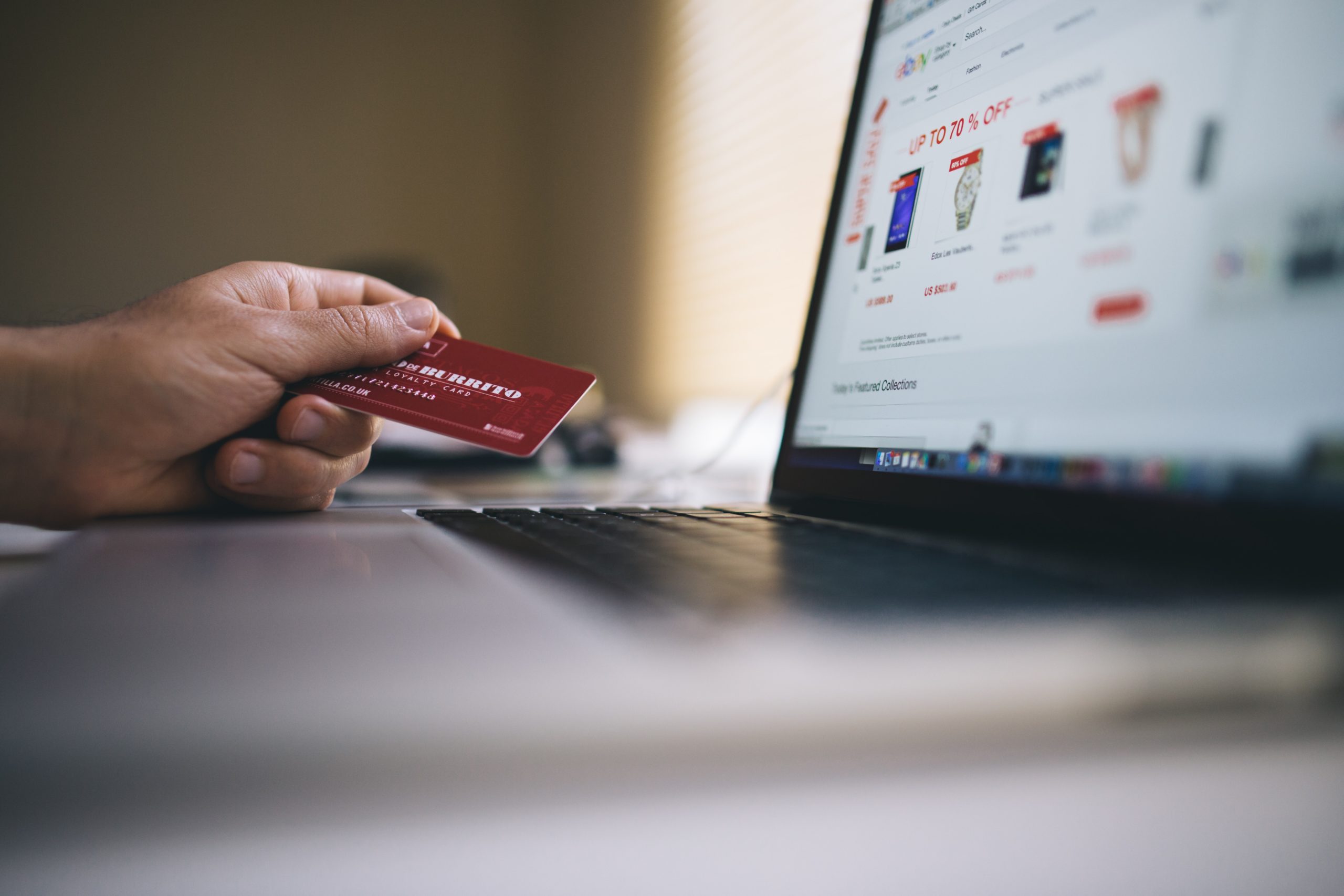Brand Protection: eBay and Online Counterfeiting
Internet use is at an all-time high, as more and more people in developing countries are getting connected. Due to its’ proliferation, the internet is a landscape that knows no boundaries and brand owners are faced with huge challenges when it comes to protecting their brand online.
The widespread use of online auction houses such as eBay and Alibaba has made it increasingly hard for brands to protect themselves, as policing these huge auction platforms becomes quite a chore. No doubt these auction houses have been providing consumers with a wide array of product choices, and they are more and more becoming an arena for the sale of counterfeit goods and only highlight the need for brand protection.
Online Sales Growth Keeps Heading Northward
With the 2014 holiday season coming up quick and it being the most crucial time of year for both offline and online retailers globally, during this year’s holiday season, sales are projected to reach in excess of $60B. This number is according to Comscore’s holiday spending forecast report. Of that amount, mobile sales are expected to contribute slightly less than $8B. This would reflect an increase of over 25 percent on 2013 mobile sales.
The chart below represents the growth of holiday ecommerce sales in the US between 2005-2013 and predicts the amount of spending this year.

Now that we’ve highlighted the growth of consumer spending online, let’s take a look at some statistics on counterfeiting, which will only underscore the problem at hand and the need for brand protection.
Below we see a graph that reflects the percentage of UK consumers who believe that over 15% of the market is tainted with counterfeit goods. The graph shows the numbers by product type.
In the study that was the basis for the below graph, 47 percent of those surveyed held that counterfeit cigarettes made up 15% or more of the market.

Source: Statista
Now, that we’ve got the statistics out of the way, let’s take a look at the counterfeiting problem at eBay and how they are fighting it. It will also spark some ideas on how you can protect your brand and the need for a brand protection tool.
Ebay and Online Counterfeiting
Recently, an investigation concluded that eBay was not doing enough to stop online counterfeiting, and that the investigating body had found in excess of 250 counterfeited trademarked products on this online marketplace.
The fake products included a USB charger for the iPhone and an Iain Sinclair safety knife as well as OTC pharmaceuticals, sporting gear and trademarked fragrances.
The purchases were made by the Counterfeit report, a group seeking to expose the selling of counterfeit’s online. When the group contacted eBay, their account was suspended. The group’s account was suspended based on the constant buying and returning of items and eBay has since learned that the buying and returning actions were due to the group’s attempt to remove counterfeit goods from the site.
The group came to the conclusion that eBay should realize that protecting the consumer is more important than profits and that the online seller should implement proactive research, and put in place severe penalties for online counterfeiters. eBay should also sufficiently staff their efforts to reduce online counterfeiting.
The online retailer has since contacted The Counterfeit Report and invited the group to discuss working together to remove counterfeit products in the future. A spokesman for the company said that “After looking into this further, we have reached out to The Counterfeit Report to discuss how we can work together in a more formal manner to keep eBay a place where people can shop with trust and confidence.”
It is not the first time eBay has had to deal with problems of counterfeit products being sold on its platform. Back in July, Trademarks and Brands Online reported that a settlement between the online retailer and Louis Vuitton Moet Hennessy had been reached after the maker of luxury products claimed that over 90% of their trademarked products sold on eBay were fakes.
As you can see, brand protection is of great concern in the online world. How are you protecting your brand?
